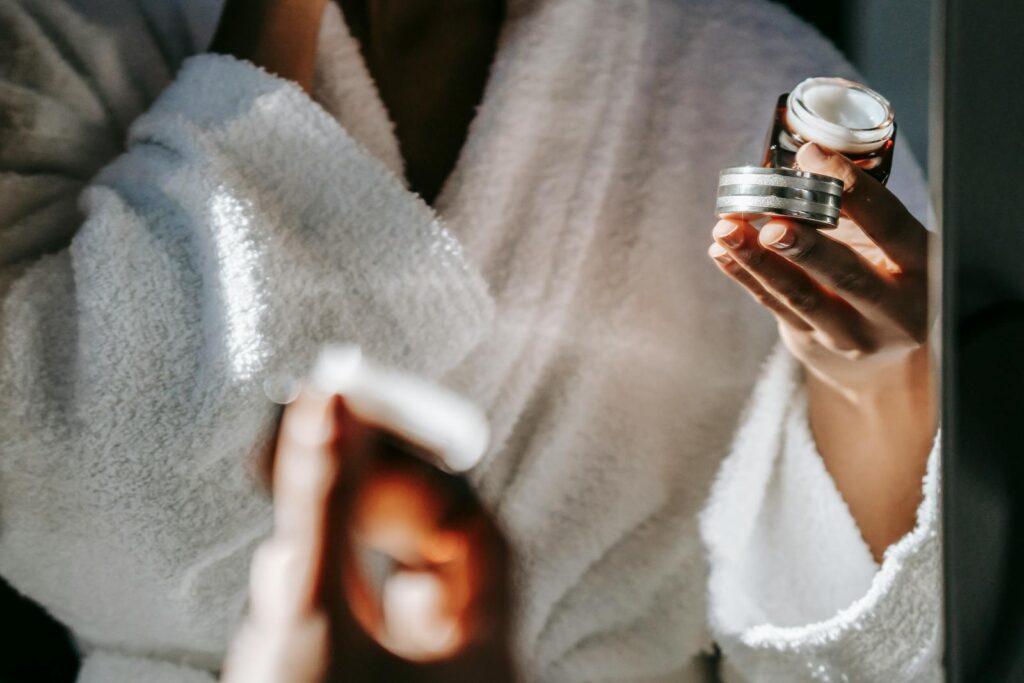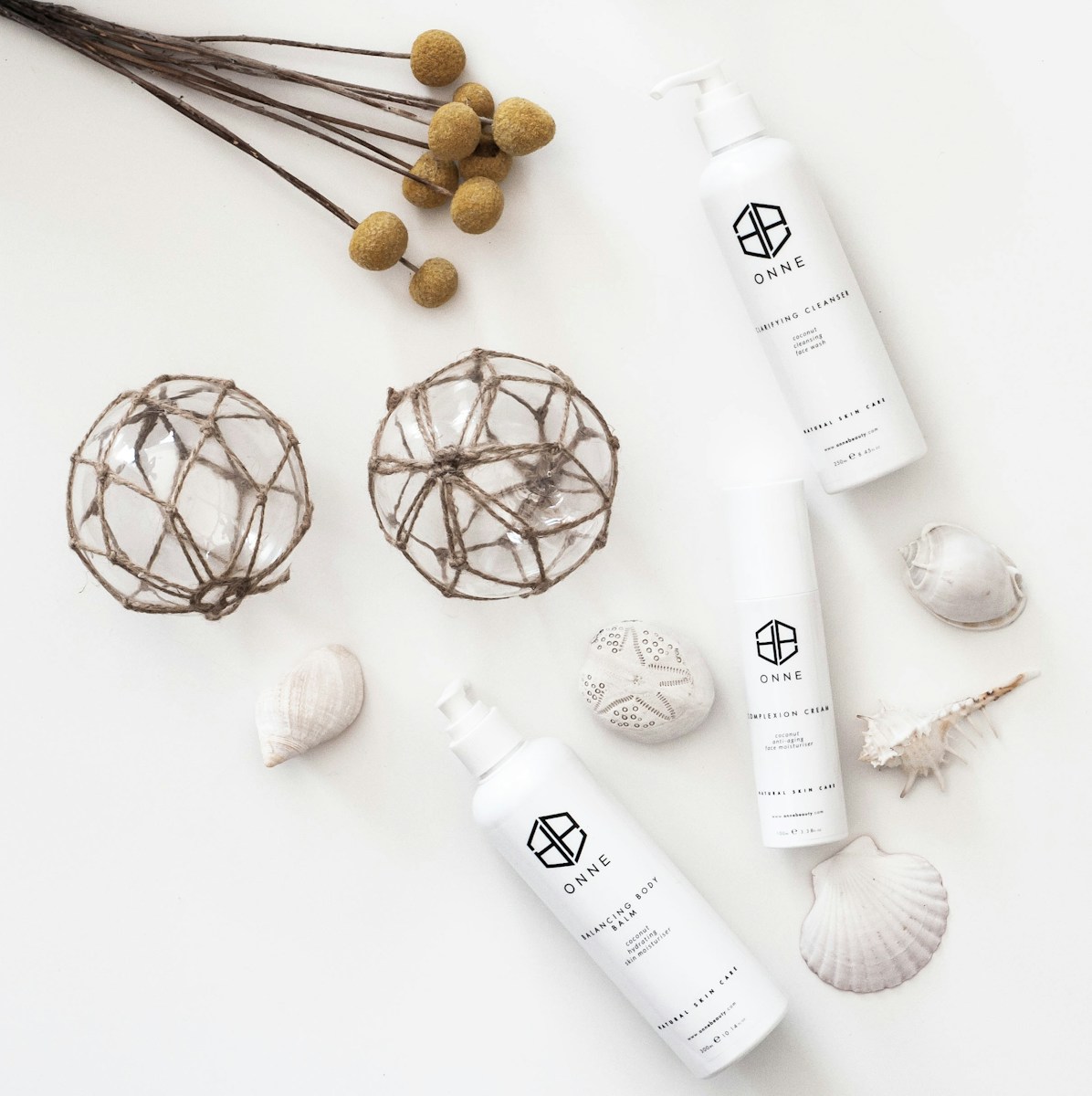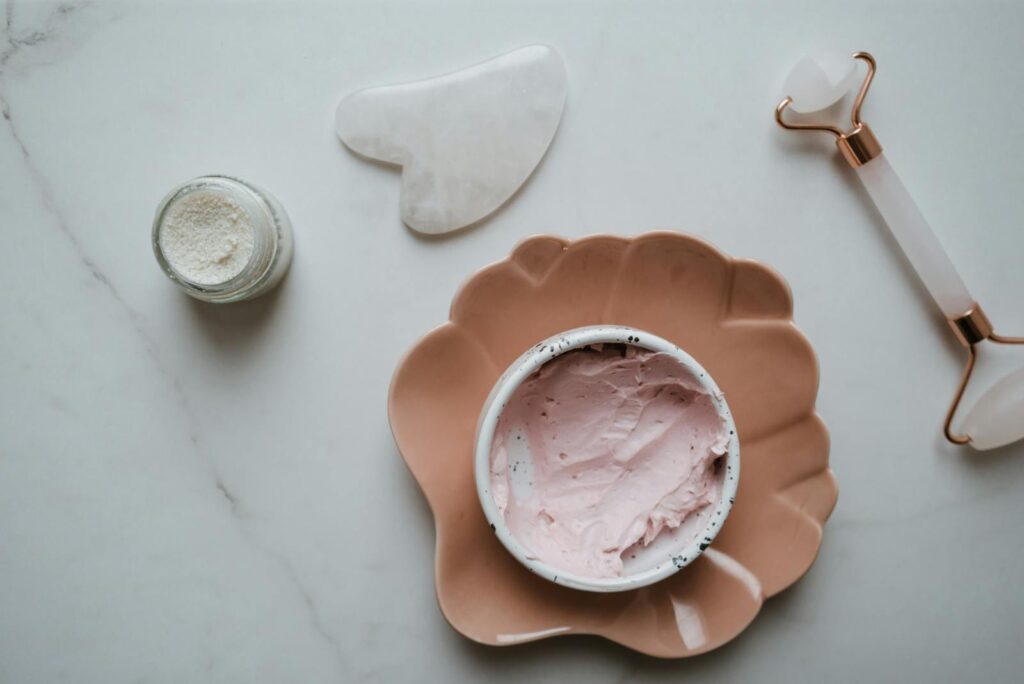
In the realm of skincare, facial creams have long reigned supreme in their ability to hydrate and rejuvenate delicate facial skin. However, their benefits may extend beyond the face, offering a surprising solution for those suffering from dry, cracked feet. While traditional foot creams are specifically formulated to tackle thicker skin, some facial creams can also provide the necessary moisture and healing properties required for foot care.
The skin on our feet is significantly thicker than on our faces, designed to withstand the pressures of daily movement and weight-bearing activities. This thick skin can become dry and cracked, especially in harsh weather conditions or due to improper foot care practices. Typically, foot creams containing urea or lactic acid are recommended to penetrate this tough layer and deliver moisture where it’s needed most. Yet, facial creams, with their rich emollients and humectants, can surprisingly soothe and repair dry feet when used correctly.
Certain facial creams are formulated with high concentrations of ingredients like hyaluronic acid, glycerin, and natural oils, which are known for their deep moisturizing properties. These components are also found in many recommended foot creams, making facial creams a viable alternative for addressing foot dryness in a pinch. The creamy texture and nutrient-rich formulas of facial products can soften the skin, reduce flakiness, and prevent further cracking.
The versatility of facial creams lies in their ability to cater to diverse skin needs. Facial creams are often gentle and designed to cater to sensitive skin types, thus minimizing the risk of irritation when applied to the feet. This is particularly beneficial for individuals whose foot skin may be reactive to harsher foot-specific formulations. Furthermore, the addition of antioxidants and vitamins in facial creams can aid in skin repair and rejuvenation, offering a holistic approach to foot care.
The luxurious feel of facial creams can turn foot care into a pampering ritual, transforming a mundane task into a moment of self-care. Applying a soothing facial cream to tired feet at the end of a long day can be both a restorative and relaxing experience, promoting overall well-being. It’s a delightful way to end a skincare routine, extending the benefits from head to toe.
Interestingly, the practice of using facial creams on feet can also be seen as a sustainable approach to skincare. Instead of letting unused facial creams expire, they can be repurposed for foot care, ensuring that no product goes to waste. This eco-friendly practice not only benefits your skin but also contributes to reducing waste in the beauty industry.
While facial creams offer numerous advantages for foot care, it’s important to understand their limitations. They may not be a substitute for medical-grade treatments or a cure for specific foot conditions like athlete’s foot or severe heel fissures. Consulting a dermatologist or podiatrist for persistent foot issues remains crucial. Nonetheless, for everyday dryness and minor discomforts, facial creams can be a refreshing alternative that keeps feet smooth and hydrated, bridging the gap between facial and foot skincare.
When it comes to extending the benefits of facial creams to foot care, the process is not as straightforward as a simple application. Understanding how to use these creams effectively on your feet is crucial for achieving optimal results. Let’s delve into the steps that can transform your facial cream into a potent foot treatment, ensuring your feet are smooth, moisturized, and pain-free.

Preparation is key. Before you apply any cream, it’s important to prepare your feet properly. Begin by soaking your feet in warm water. This not only softens the thick, rough skin but also opens up the pores, allowing for better absorption of the cream. You might want to add a few drops of essential oils like lavender or tea tree oil to the water. These oils not only help relax the muscles but also provide antibacterial benefits, enhancing the overall treatment.
Once your feet are well-soaked and the skin feels pliable, it’s time to exfoliate. Exfoliation is a critical step that should not be overlooked. It involves removing dead skin cells, which can form a barrier that limits the effectiveness of the moisturizing agents in your cream. You can use a gentle foot scrub or a pumice stone for this purpose. The idea is to slough off the dry, flaky skin gently without causing any irritation or damage to the new skin beneath.
After exfoliating, the next step is to apply the facial cream. Given that facial creams are usually more concentrated than regular foot creams, a little goes a long way. Focus on areas that are particularly dry or cracked, such as the heels and balls of your feet. Massage the cream in circular motions to stimulate blood flow and enhance absorption. This not only ensures that the cream penetrates deeply but also provides a mini massage that can be incredibly soothing after a long day.
For maximum effectiveness, consider applying the cream before bedtime. This allows the cream to work its magic overnight when your body is at rest and can focus on repair and rejuvenation. To lock in the moisture and prevent the cream from rubbing off onto your sheets, consider wearing a pair of cotton socks to bed. This creates a warm environment that aids in deeper penetration of the product, ensuring you wake up with noticeably softer feet.

Incorporating facial creams into your foot care routine can also be a sustainable practice. Often, we have facial creams that are nearing their expiration date or that we simply no longer use for our facial routine. Instead of discarding these products, repurposing them for foot care can prevent waste and make good use of every skincare dollar spent. This eco-friendly approach not only benefits your skin but also contributes to reducing waste in the beauty industry.
Yet, while facial creams can indeed improve the condition of your feet, their use should align with your overall foot care strategy. It is essential to recognize that while they offer a temporary fix for dry feet, they may not address more severe foot conditions. Therefore, if you find that your foot issues persist despite using these creams, it would be wise to consult a healthcare professional like a dermatologist or podiatrist.
Not all facial creams are suitable for foot care. It’s essential to check the ingredients and ensure that they won’t cause irritation, especially if you have sensitive skin. Look for creams that contain gentle, yet effective hydrating ingredients like hyaluronic acid and glycerin. Avoid creams with strong fragrances or active ingredients that might be too harsh for the thicker skin on your feet.
Remember that consistent care is the foundation of healthy skin. Incorporate this practice into a broader foot care routine that includes regular exfoliation, proper hydration, and suitable footwear. By doing so, you not only enhance the effects of the facial cream but also maintain the overall health and appearance of your feet. Embrace the versatility of your skincare products and enjoy the benefits of smooth, pain-free feet with a touch of luxury.
Related posts:
The Best Foot Creams For Dry And Cracked Heels
Cracked Heels and Dry Skin: DIY Remedies for Soft, Supple Feet
6 DIY foot soaks for dry skin, pain, relaxation, and more





